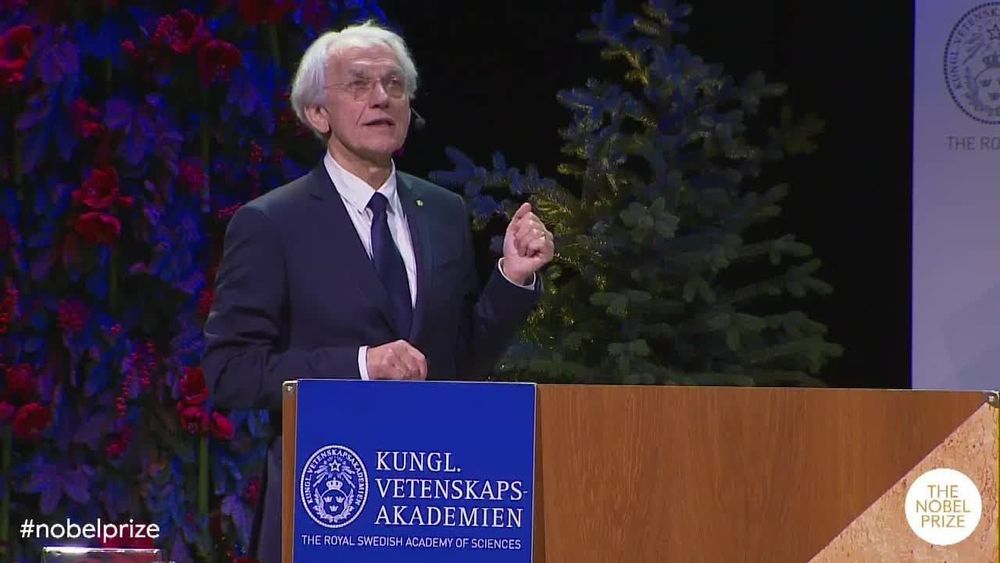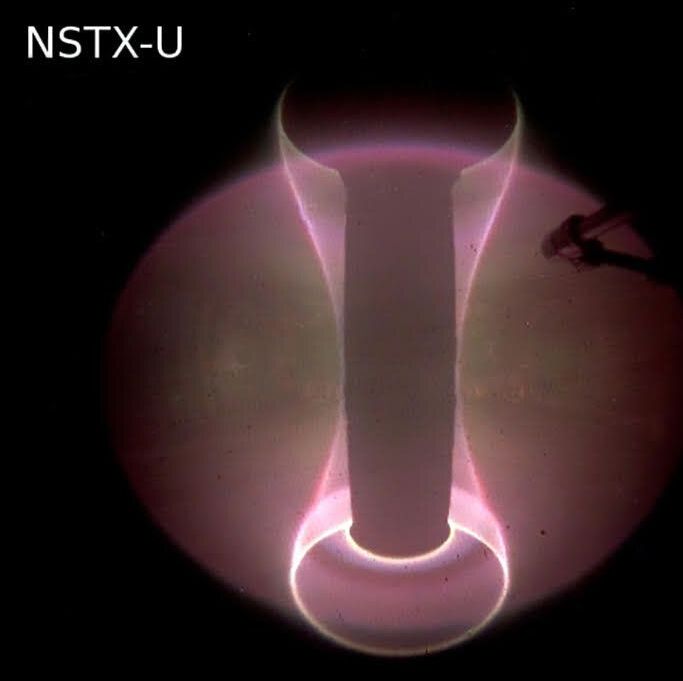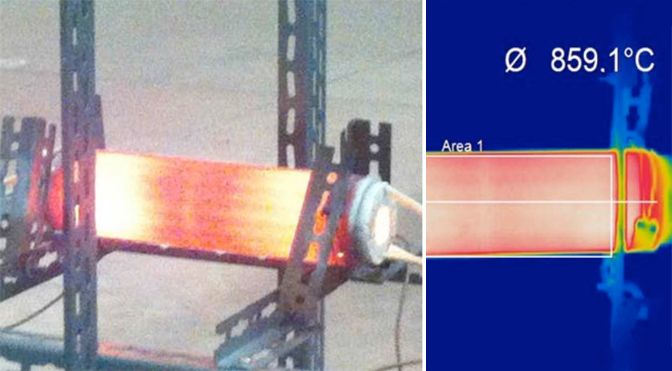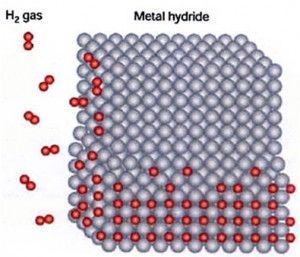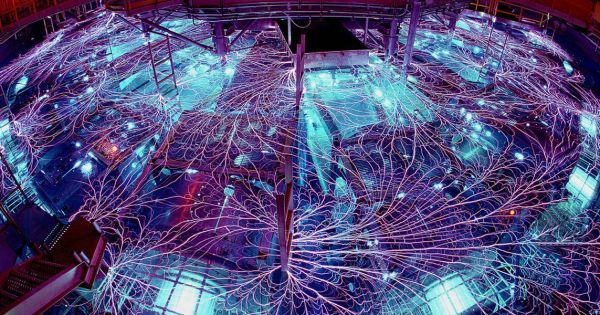Archive for the ‘nuclear energy’ category: Page 110
It doesn’t exist officially. It uses highly pressured mercury accelerated by nuclear energy to produce a plasma that creates a field of anti-gravity around the ship. Conventional thrusters located at the tips of the craft allow it to perform all manner of rapid high speed maneuvers along all three axes. Interestingly, the plasma generated also reduces radar signature significantly. So it’ll be almost invisible on radar & remain undetected. This literally means that it can go to any country it likes without being detected by air traffic control & air defence systems.
May 17, 2019
Nobel winner claims lasers can make nuclear waste safe
Posted by Quinn Sena in category: nuclear energy
May 17, 2019
Machine learning speeds modeling of experiments aimed at capturing fusion energy on Earth
Posted by Quinn Sena in categories: nuclear energy, particle physics, robotics/AI, transportation
Machine learning (ML), a form of artificial intelligence that recognizes faces, understands language and navigates self-driving cars, can help bring to Earth the clean fusion energy that lights the sun and stars. Researchers at the U.S. Department of Energy’s (DOE) Princeton Plasma Physics Laboratory (PPPL) are using ML to create a model for rapid control of plasma—the state of matter composed of free electrons and atomic nuclei, or ions—that fuels fusion reactions.
The sun and most stars are giant balls of plasma that undergo constant fusion reactions. Here on Earth, scientists must heat and control the plasma to cause the particles to fuse and release their energy. PPPL research shows that ML can facilitate such control.
May 15, 2019
Cold fusion reactor independently verified, has 10,000 times the energy density of gas
Posted by Quinn Sena in category: nuclear energy
Against all probability, a device that purports to use cold fusion to generate vast amounts of power has been verified by a panel of independent scientists. The research paper, which hasn’t yet undergone peer review, seems to confirm both the existence of cold fusion, and its potency: The cold fusion device being tested has roughly 10,000 times the energy density and 1,000 times the power density of gasoline. Even allowing for a massively conservative margin of error, the scientists say that the cold fusion device they tested is 10 times more powerful than gasoline — which is currently the best fuel readily available to mankind.
The device being tested, which is called the Energy Catalyzer (E-Cat for short), was created by Andrea Rossi has been claiming for the past two years that he had finally cracked cold fusion, but much to the chagrin of the scientific community he hasn’t allowed anyone to independently analyze the device — until now. While it sounds like the scientists had a fairly free rein while testing the E-Cat, we should stress that they still don’t know exactly what’s going on inside the sealed steel cylinder reactor. Still, the seven scientists, all from good European universities, obviously felt confident enough with their findings to publish the research paper.
May 11, 2019
Artificial sponges could pull uranium from seawater for nuclear power
Posted by Klaus Baldauf in category: nuclear energy
By Leah Crane
A specialised sponge could harvest uranium from seawater for use as fuel in nuclear power plants, and could also be used to help clean waste from those plants.
May 6, 2019
Is it time we gave nuclear power another chance?
Posted by Genevieve Klien in category: nuclear energy
May 1, 2019
Potentially Smallest Fusion Device Using Improved Z-Pinch Fusion
Posted by Quinn Sena in category: nuclear energy
ARPA-E-funded alternative z-pinch fusion which is being developed by Zap Energy.
Zap Energy is the most compact solution to Fusion Energy and does not use complex and costly magnetic coils. They surpassed ARPA-E Alpha Milestones in August 2018. Their reactor is consistently producing neutrons and they received $6.8 million ARPA-E OPEN funding.
The new Z-pinch has the simplest geometry of any magnetic confinement configuration. It is a cylindrical plasma column.
Continue reading “Potentially Smallest Fusion Device Using Improved Z-Pinch Fusion” »
Scientists discover source of clean, unlimited energy! In March 1989, the news rocked the world. Two respected chemists from the University of Utah: Martin Fleischmann and Stanley Pons, told a receptive media they had solved the biggest physics problem of the atomic age. Their compelling claims of room-temperature nuclear fusion in a jar were cast as the solution to the world’s colliding environmental and energy crises.
The meltdown hit just weeks later when the claim was nuked by mainstream scientists who couldn’t reproduce their results and were unsatisfied with the team’s explanations. The cold fusion field has been on ice ever since. Whether considered a scandal, a screw-up, or a scientific character assassination by hot fusion advocates, the cold fusion episode is a case study for those who caution against the “science of wishful thinking.”
On the 25th anniversary of the rise and fall of cold fusion, its close cousin, low-energy nuclear reaction (LENR) science, is still on the fringe but simmering anew. Here’s a look back and a look ahead at a field that always gets a reaction.
Apr 30, 2019
Is the Promise of Cold Fusion Still Worth Waiting For?
Posted by Quinn Sena in category: nuclear energy
Ever since the 1989 debacle, cold fusion has been a byword for “junk science”—and cold fusion research has been anathema, tantamount to scientific suicide. Still, some quiet pioneers have continued the research, albeit under a changed name: LENR, or “low-energy nuclear reactions.” The jury’s still out on whether their methods will prove successful, but the race for inexhaustible “cold” fusion is definitely heating up.


